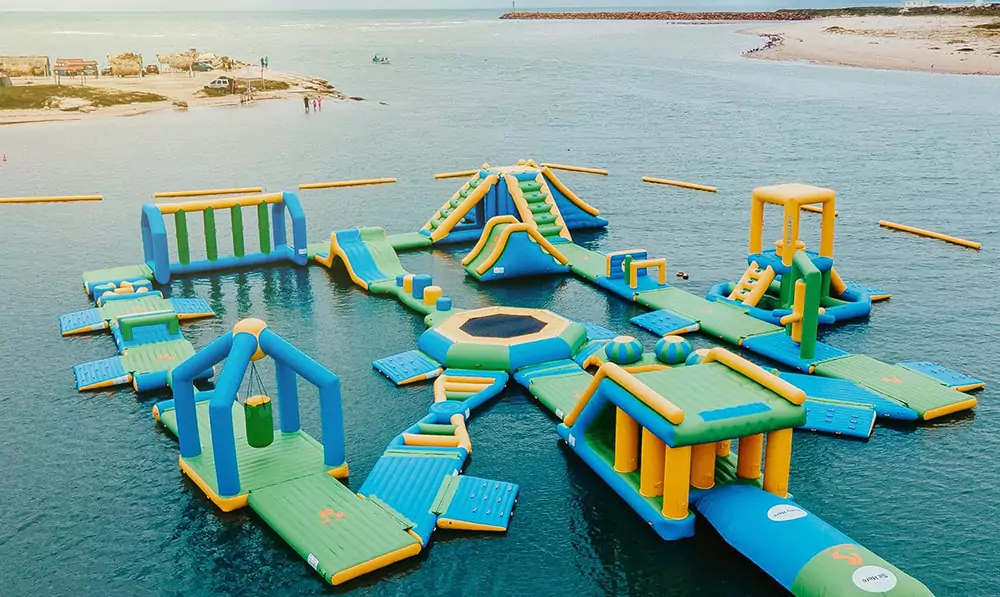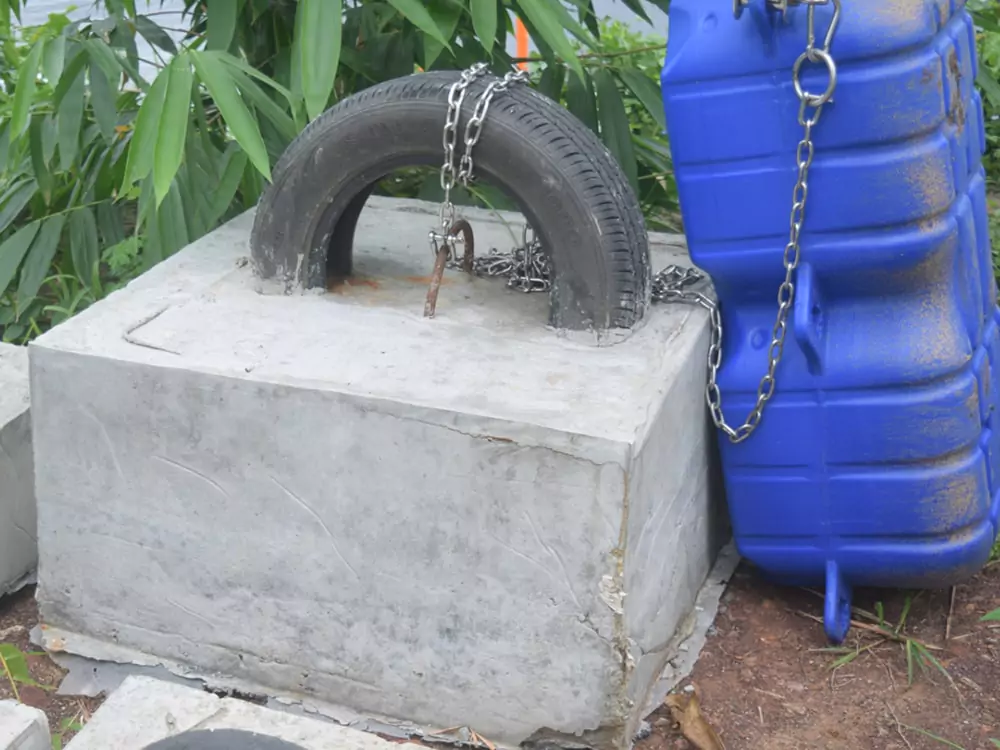In lakes, the calm and predictable water conditions allow for flexible product selection, including giant obstacle courses, without significant operational concerns. However, in ocean environments—especially those with strong currents or tides—choosing and operating giant obstacle courses become challenging. In such cases, operators need to consider smaller, more stable options and invest in advanced anchoring systems to ensure safety and performance.








